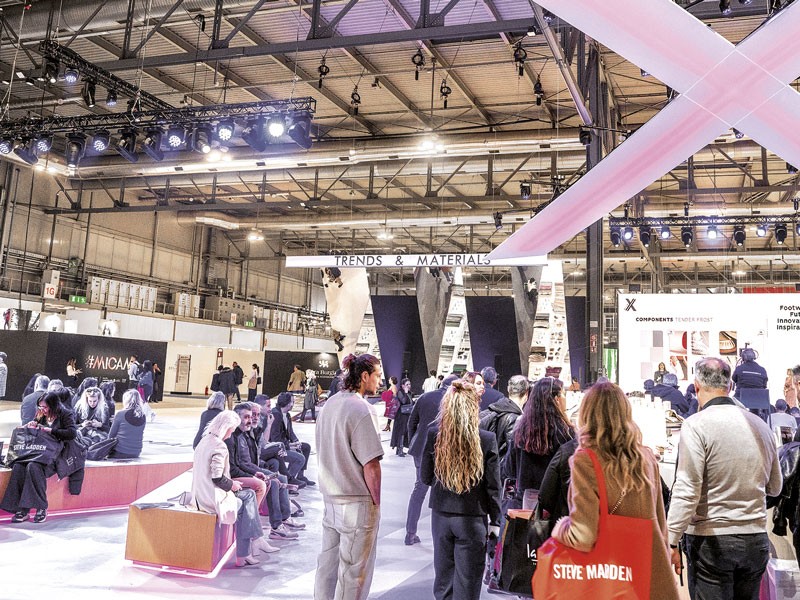


The world's most important international footwear fair will host its second edition of the year from September 15th to 17th at the Fieramilano (Rho) exhibition center in Milan. Following the February edition, ASSOCALZATURIFICI -representing Italian footwear manufacturers and organizers of the event- initially announced it would run from September 15th to 18th. However, this was later reduced to the previously announced three days.
The 98th edition of MICAM MILANO will showcase trends for Spring/Summer 2025 in women's, men's, and children's shoes. The proposals will be segmented into categories such as Premium, Contemporary, and Everyday, typically spanning six pavilions of the fairground.
As customary, the event will offer a variety of parallel activities, including seminars on sustainability, market trends, and material research, as well as Emerging Designers, a space that promotes young designers from around the world.
Giovanna Ceolini, president of the footwear entity, announced preparations for new initiatives for the fair, having been confirmed in her role until 2027. Proposed initiatives include pavilion restructuring and further consolidation of MICAM X, focusing on events, seminar content, and communication.
From February 18th to 21th, MICAM MILANO saw the participation of 923 exhibitors from various origins, with 50% from the local sphere and the remainder international, from countries like Brazil, Spain, Portugal, Germany, and Turkey.
The exhibition emphasized innovation in retail, sustainability, and national production, beyond exhibiting the latest footwear trends.
The event benefited from synergies created by its simultaneous occurrence with related exhibitions like MIPEL (bags and leather goods), TheOneMilano (fashion apparel), and Milano Fashion and Jewels (jewelry and accessories).
Visitor turnout for the fairs totaled 40,821, with 45% being international from 150 countries. Representations from Germany, France, Greece, and Spain stood out within the European Union, while notable participation from outside the bloc included the United Kingdom, China, Japan, and Kazakhstan.
The collective of fairs, alongside LINEAPELLE for suppliers, provided a unique opportunity for both national and international buyers, offering stability to a sector navigating a complex economic period.


